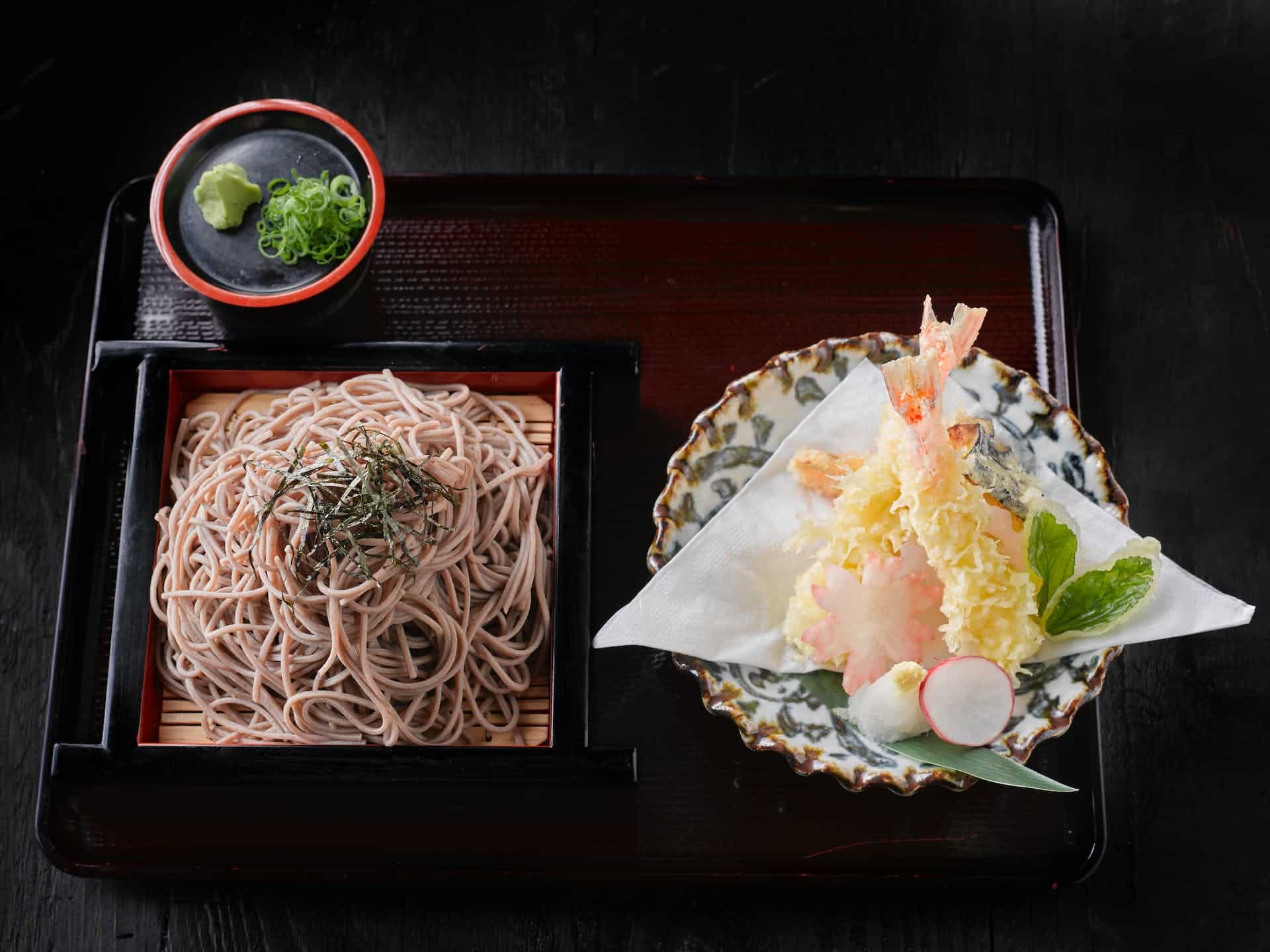When you sink your teeth into a piece of tempura, you expect nothing less than a crispy and airy bite. The tempura’s delicateness, the way it gives way to tender, succulent shrimp or fresh, crisp vegetables, it’s a little piece of heaven that leaves you craving for one more bite. So, what’s the secret to achieving that delightful texture and taste? We’re about to unravel the mystique behind this Japanese culinary masterpiece.
The Key Ingredients for a Perfect Tempura Batter
The beauty of tempura batter lies in its simplicity, where every ingredient has a specific role to play. It all comes down to flour, water, sometimes eggs, and the technique.
A lire aussi : How can you prepare a flavorful middle eastern mezze platter ?
Firstly, flour is the backbone of the batter. All-purpose flour is commonly used, but the secret to an airy, light batter often lies in the type of flour. Rice flour or a mixture of wheat and rice flour creates a lighter, crispier texture than sole wheat flour.
Secondly, the water used plays a pivotal role in the batter’s texture. The water needs to be ice-cold as it prevents the formation of gluten, which can make the batter heavy and doughy instead of light and crispy. This method is unique to tempura and gives it an edge over other battered, fried foods.
Sujet a lire : How to Create a Fusion Paella with Ingredients from Around the World?
Eggs are optional in a tempura batter, with some chefs swearing by them while others prefer to keep them out. When used, the egg’s role is to provide additional structure and a level of richness to the batter.
Frying Tempura: The Role of Oil and Temperature
Once you’ve mixed your tempura batter, the next crucial step is the frying process. Deep-frying tempura at the right temperature is crucial to getting a crispy, golden-brown exterior. The oil needs to be incredibly hot – usually around 340-360°F (170-180°C). This high heat quickly crisps up the batter, while the inside remains tender and juicy.
The oil used is also important. Traditionally, Japanese chefs use sesame oil for frying tempura due to its high smoke point and the subtle flavor it imparts. However, if sesame oil is not readily available, you can use other high smoke point oils like canola or peanut oil.
Remember, an overcrowded pan can bring down the oil temperature drastically, leading to a soggy and oily tempura instead of a light and crispy one. So, always fry in small batches and give your oil time to heat back up between batches.
Mastering the Tempura Batter Mixing Technique
Mixing tempura batter is an art in itself. Overmixing the batter is a cardinal sin in tempura making as it encourages gluten formation, resulting in a dense and chewy coating. A light mix, just until the ingredients are combined, is all you need. It’s perfectly fine if the batter is lumpy.
The batter should be mixed right before you are ready to fry, and it must stay cold. To maintain its temperature, you can place your bowl of batter in a larger bowl filled with ice. The cold batter hitting the hot oil is what creates that distinctively light and crispy texture of tempura.
The Finishing Touches: Tempura Sauce and Serving Suggestions
A good tempura is delicious on its own, but a dipping sauce can elevate it to gastronomical heights. Tempura sauce, or tentsuyu, is a savory blend of dashi, soy sauce, and mirin. It’s umami-rich and perfectly complements the light, crispy tempura.
When serving tempura, timing is everything. Tempura is best enjoyed immediately after frying, when it’s at its crispiest. Pair your tempura with steamed rice and a bowl of miso soup for a traditional Japanese meal. Or, enjoy your tempura as a standalone snack, accompanied by a chilled glass of beer.
While the art of making tempura might seem intimidating at first, it’s all about understanding the role of each ingredient and mastering a few essential techniques. Remember, practice makes perfect. So, don’t hold back. Give it a try, and soon you’ll be whipping up batches of light, crispy tempura that will tantalize your taste buds.
Experimenting with Different Tempura Batter Recipes
Experimentation is part and parcel of honing a skill, and tempura batter is no exception. By tweaking the standard recipe, you can discover new variations that may better suit your palate. Traditional tempura batter recipe calls for cake flour. However, apart from rice flour, other types of flour – like cake flour – can also be used. Cake flour has a lower protein content than all-purpose flour, resulting in a delicate, crispy batter.
Besides the type of flour, you can experiment with the use of carbonated water or club soda instead of regular ice-cold water. The carbonation can help create an even lighter, airier batter. If you are feeling adventurous, you can also try adding some vodka to the batter. The alcohol, which evaporates faster than water, helps create a super crispy batter when deep-fried.
Another variant that could add a hint of sweetness to your tempura is the use of sweet potatoes. Instead of going for the traditional vegetable tempura options like bell peppers, eggplants, or zucchini, try a sweet potato tempura. The natural sweetness of the potato pairs exceptionally well with the crispy tempura batter.
Lastly, time yourself while making the tempura. Be mindful not just of the deep frying time (usually around 2-3 minutes), but also of the resting time for the batter. While the batter should be used immediately after mixing to maintain the temperature, allowing it to rest for 10-15 minutes mins before frying can improve the texture.
Conclusion: Achieving the Perfect Crispy Tempura
Tempura is a beloved Japanese dish that is loved worldwide for its signature light, crispy batter. Making a crispy tempura is all about getting the batter right and mastering the frying technique. From using ice-cold water to prevent gluten formation to frying at the optimal oil temperature, every step holds significance.
While the traditional tempura batter recipe uses common ingredients like all-purpose flour and cold water, you can experiment with alternatives such as rice flour, cake flour, or even carbonated water. Whether you are making shrimp tempura or vegetable tempura, the key lies in creating a light, airy batter that will crisp up beautifully when deep-fried.
Pair your freshly made tempura with a flavorful dipping sauce like tentsuyu and serve immediately after frying to enjoy its full crispy potential. Whether you choose to dip your tempura in tentsuyu or savor it on its own, there’s nothing quite like biting into a piece of piping hot tempura with its golden, crispy batter and tender filling.
The art of making tempura may seem intricate, but with a little practice and persistence, you can master the technique. Go ahead, gather your ingredients, and let the deep-frying begin. Soon, you’ll be serving up irresistibly crispy tempura that’s sure to impress.











